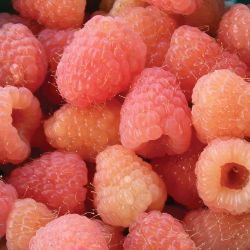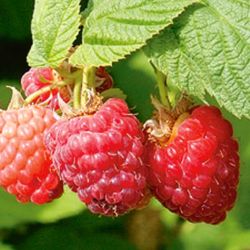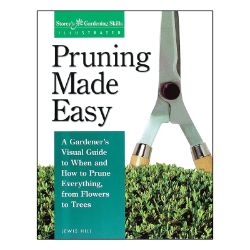Pruning Raspberry Plants
Pruning is not only an important part of proper raspberry plant care and maintenance, it is also a way to ensure and improve the development of the fruit crop. Here are a few things to remember when pruning your raspberry plants:
- Not everyone will prune the exact same way – including the experts.
- It is preferable to do some pruning rather than no pruning.
- If a raspberry plant is left unpruned, it may become tangled and overgrown and may even be unfruitful as a result.
NOTE: This is part 8 in a series of 11 articles. For a complete background on how to grow raspberry plants, we recommend starting from the beginning.
Pruning Advice for Raspberry Plants
Pruning may vary depending on the raspberry varieties you plant. The best approach is to understand the bearing nature of the varieties you’re growing so you know how to prune when the time comes. That said, regardless of growth habit, some pruning should be done every spring to keep raspberry plants from becoming tangled and to improve their ability to bear.
- Consider staking or trellis-training your raspberry plants to keep them more upright.
Pruning Raspberry Plants
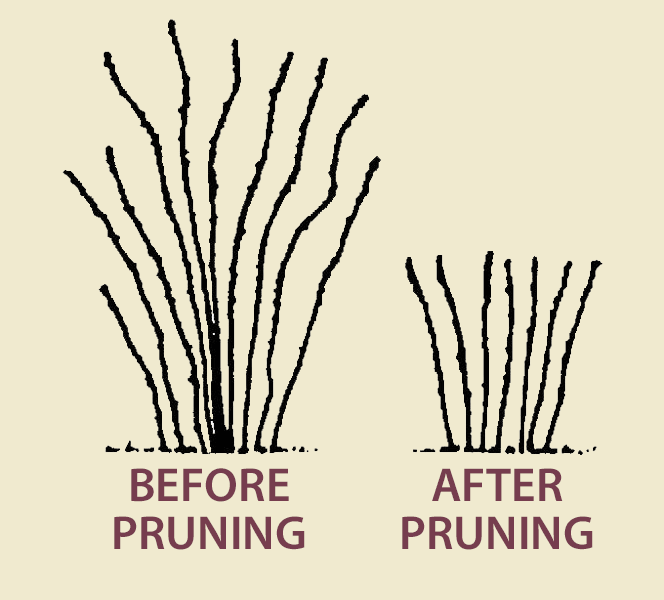
This information is geared toward typical red, gold, and purple varieties of raspberries. Black raspberries are a little different, and pruning advice for those is located in the next section.
When to Prune Raspberry Plants
Once your raspberry plants have put on enough growth (which may not be until after their first year with you), aim to prune in the early spring, just as new growth emerges.
- Prune young canes back until they are around 4 to 5 feet tall. This will discourage overgrowth and shading and will improve fruit production and quality.
- Completely prune back and remove all skinny, dead, damaged, diseased or otherwise weak canes. As your raspberry plants mature, it is recommended that you cut back the small, thin canes to leave only about 8 to 10 of the strongest ones.
Pruning Black Raspberry Plants
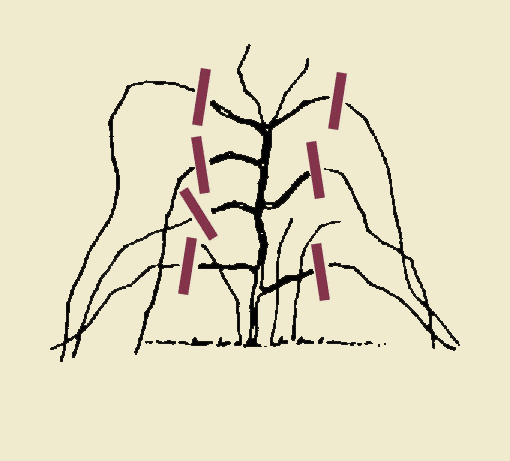
Black raspberry plants have a slightly different growth habit, so pruning is slightly different as a result.
- When new shoots are 3 feet tall, prune off the tips. Tipping the canes stops the vertical growth and results in more vigorous side branching, where the fruit develops. These lateral branches should be pruned so that they are kept at about 10 inches long.
Pruning Floricane-Bearing Raspberry Plants
Also known as “summer-bearing” raspberries. These plants have the more typical fruiting habit, bearing one fruit crop on the lower part of their two-year-old canes (called floricanes). After fruitset and harvest in the summer, these canes will die back. You should prune them back to ground level in order for the one-year-old canes to thrive and become strong and fruitful second-year canes the next growing season.
Pruning Primocane-Bearing Raspberry Plants
Also called “everbearing” or “fall-bearing” raspberries. Primocane-bearing raspberry plants are unique in that they tend to bear fruit on the tips of their one-year-old canes, which ripens in fall in milder climates. In addition, as these primocanes become floricanes in their second year, they will fruit again, this time on the lower part of their canes the following summer. Other than that, these can be pruned and maintained in a similar fashion to the typical raspberry plants mentioned above.
- If one large crop is desired, cut all canes back to ground level after the fall crop. This will result in a single, large primocane crop the following fall. Not recommended for northern gardens with short growing seasons and early fall frosts.
- In areas with short growing seasons, a primocane-bearing variety’s fall crop may not ripen, so northern gardeners may prefer to treat primocane-bearing varieties as summer-bearing varieties and forego the fall crop.
Additional Notes
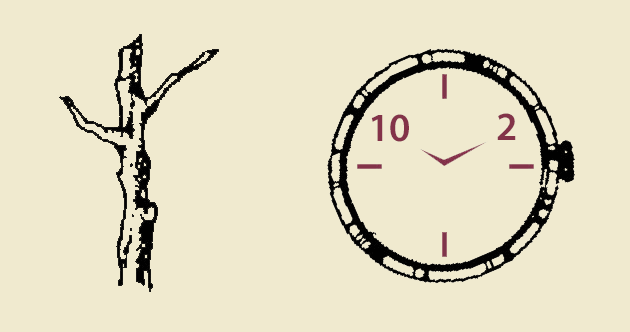
- Be sure to prune at the proper angle to allow the raspberry plants to easily heal over the pruning cut.
- A good reference book like Pruning Made Easy will answer pruning questions and guide you through the pruning process for raspberry plants.
















